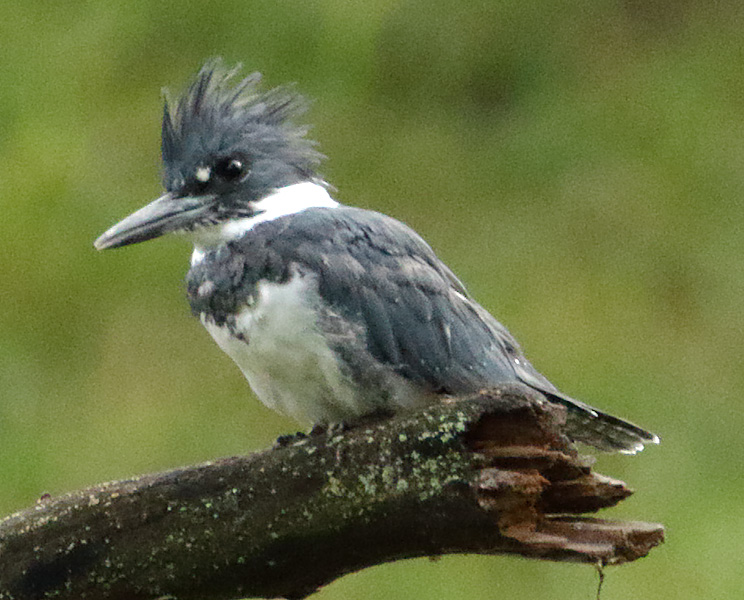
Belted Kingfisher
Walt Childs and I headed west into the Shenandoah Valley, stopping first at Swoope. We saw a Belted Kingfisher at its usual tree along Hewitt Road, and then three more of them at Smith Lake.

Belted Kingfisher
A bit father down the road we saw three Red-headed Woodpeckers, and then two more later while driving around Swoope, as well as our first of six American Kestrels there.
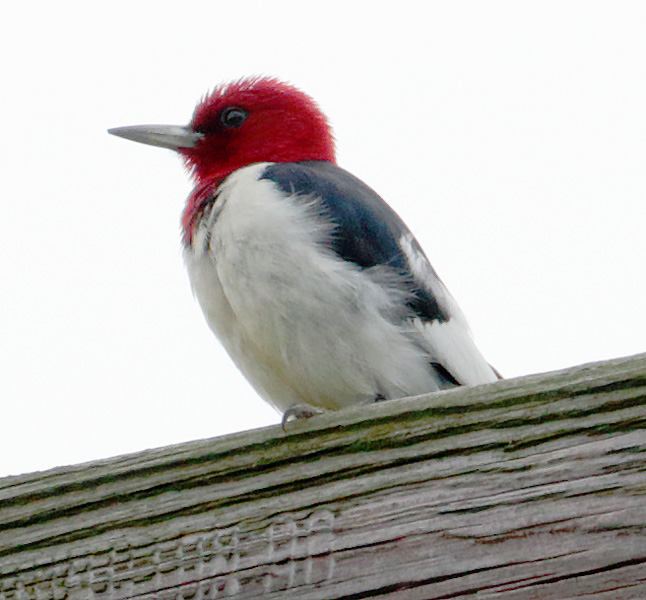
Red-headed Woodpecker
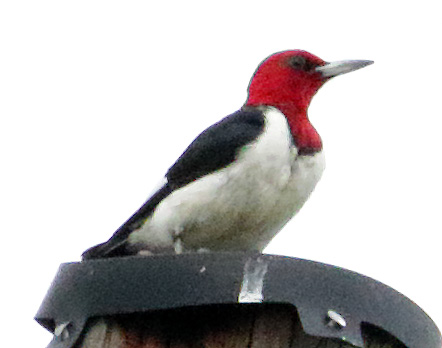
Red-headed Woodpecker
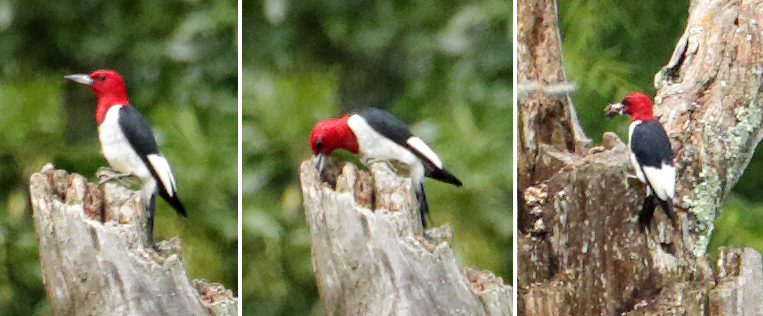
Red-headed Woodpecker
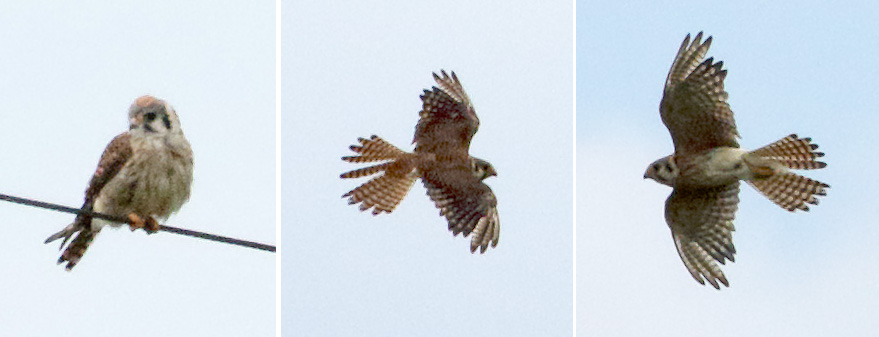
American Kestrels
As we approached the entrance to the PRIVATE property where we have access to Smith Lake, we saw a Bald Eagle foraging on Cattleman Road, but it took off before I could get a good photo of it.
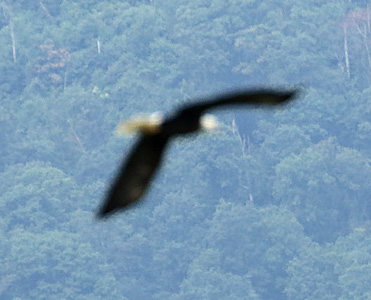
Bald Eagle
Smith Lake was fairly quiet, but we did see a fair number of species on and around the lake, although few of each species. A Willow Flycatcher was making whit calls in one of the trees along the lake.
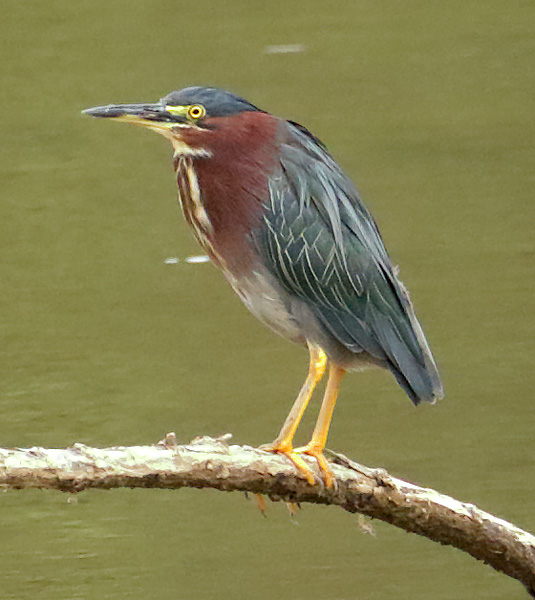
Green Heron
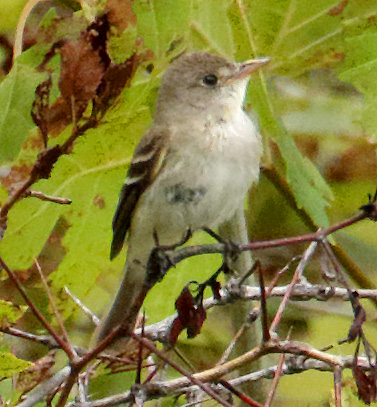
Willow Flycatcher
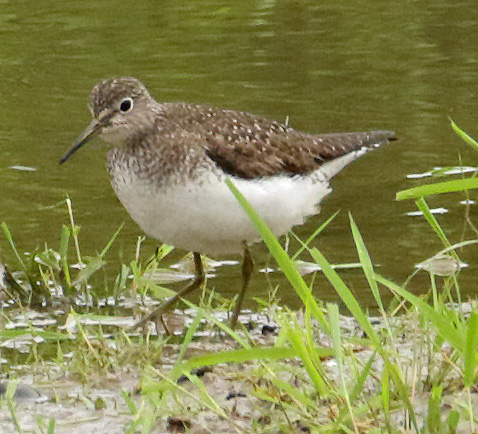
Solitary Sandpiper
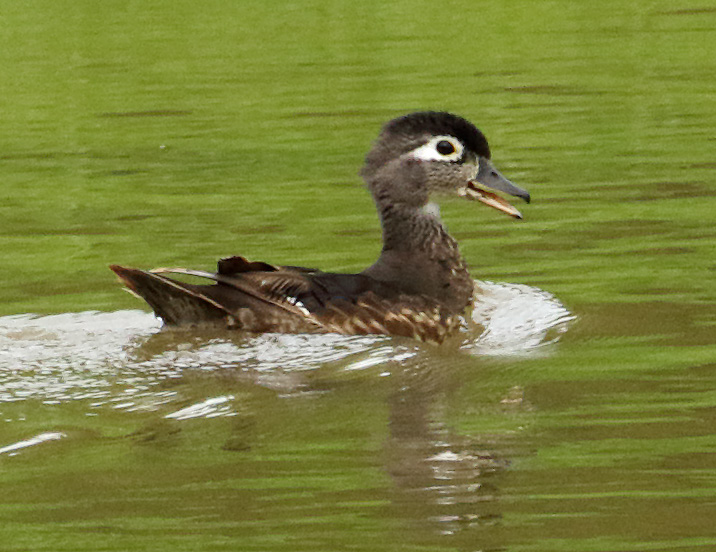
Wood Duck
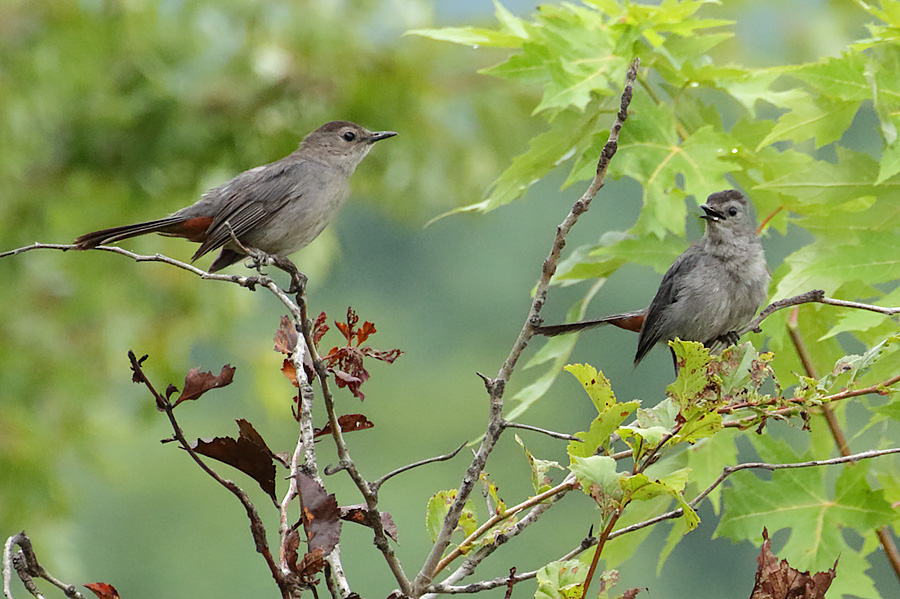
Gray Catbirds
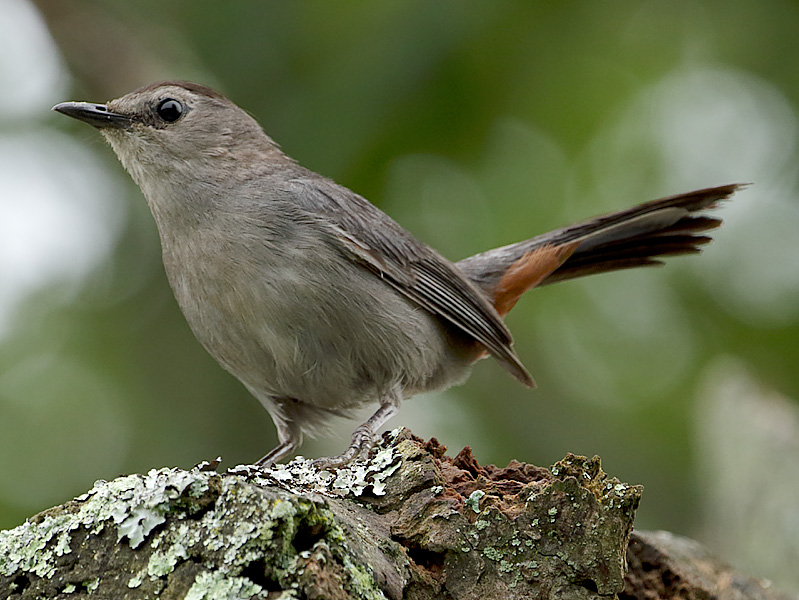
Gray Catbird
We left Smith Lake and drove along some of the roads in Swoope where we saw a few more avian species. The highlight was seeing five Bobolinks in non-breeding plumage along North Mountain Road.
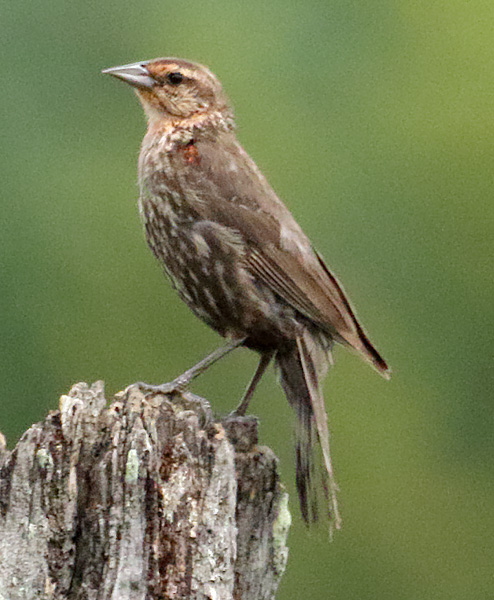
Red-winged Blackbird
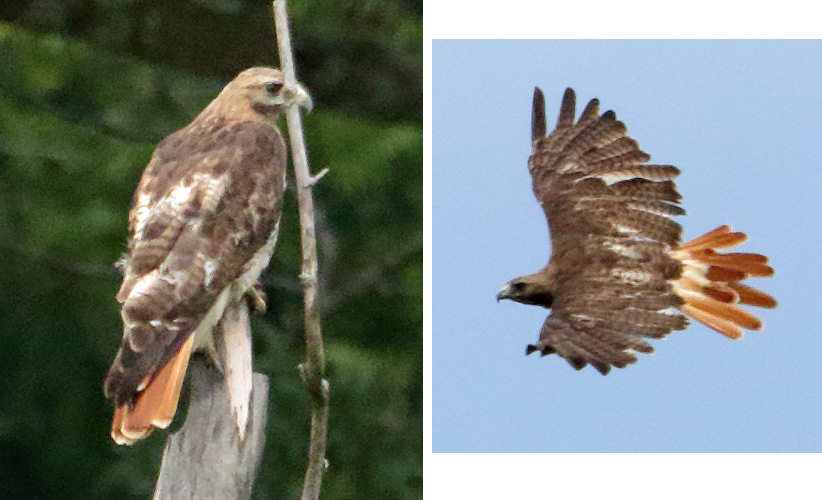
Red-tailed Hawk
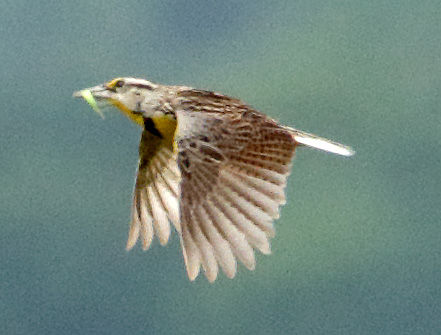
Eastern Meadowlark
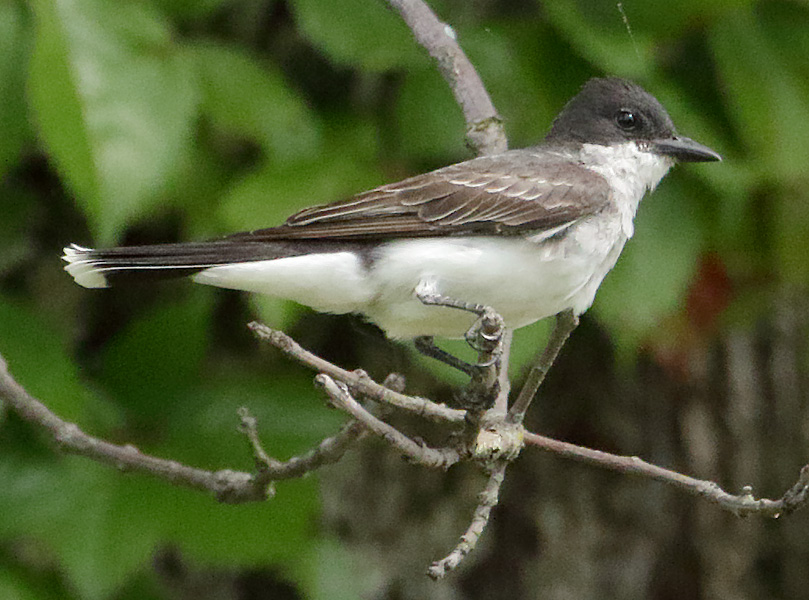
Eastern Kingbird
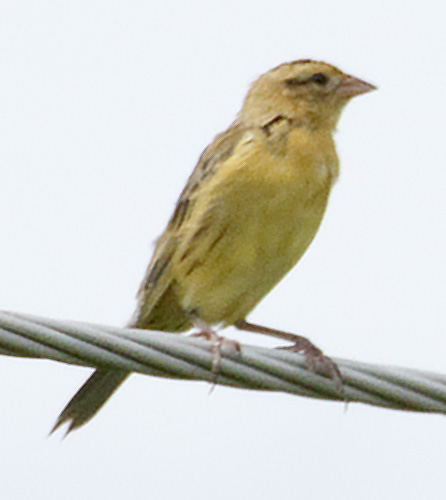
Bobolink
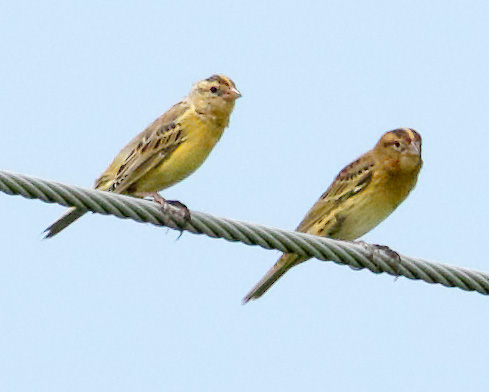
Bobolinks
We then drove up Hite Hollow Road, south of Augusta Springs Wetlands, in the Allegheny Mountains. The drive up to the summit was almost completely devoid of birds that could be seen or heard. Just after crossing the summit, we picked up a male Scarlet Tanager that was starting to lose its breeding plumage.
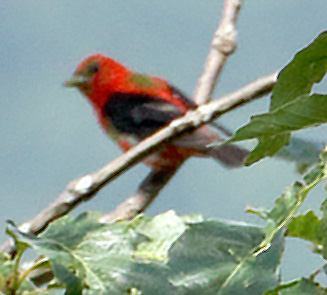
Scarlet Tanager
A bit farther down the road, we encountered at least four Eastern Wood-Pewees. Most of them were singing their typical pee-wee song, but at least two of them were singing pur-ree. All of them that we saw, however, had white outer tail feathers. I don't recall ever seeing this feature on this species, and my references don't mention or show this, either. I don't know if they were immature birds or perhaps a different race, but would appreciate opinions.
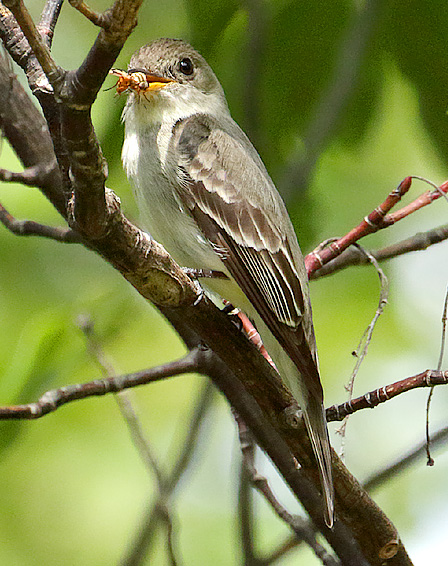
Eastern Wood-Pewee
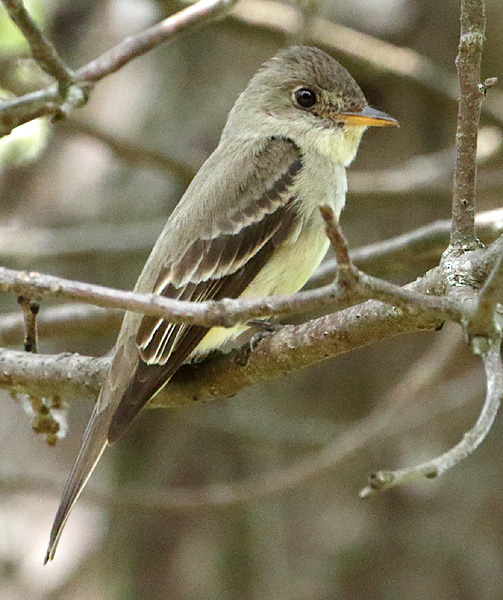
Eastern Wood-Pewee
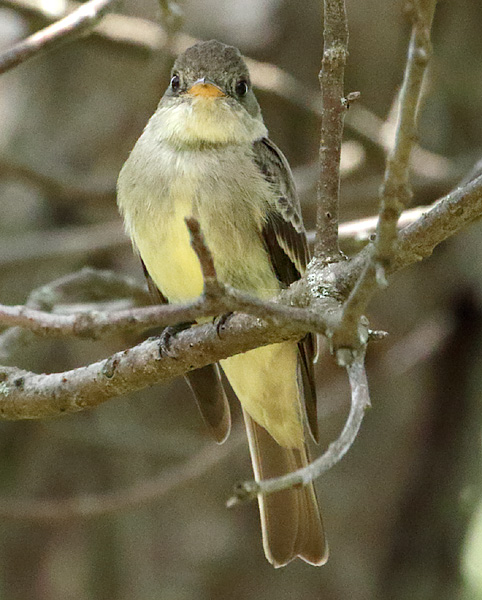
Eastern Wood-Pewee
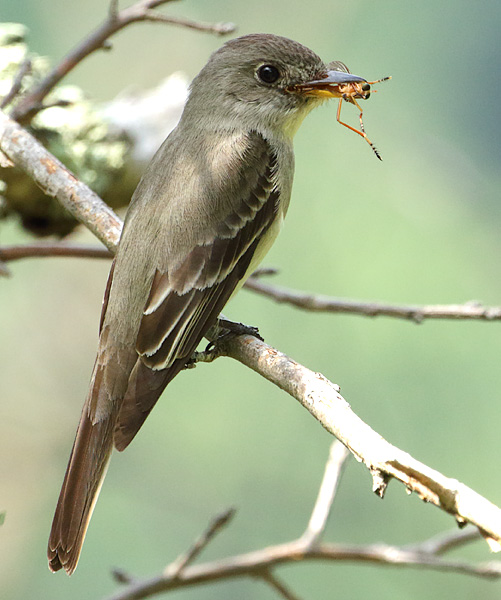
Eastern Wood-Pewee
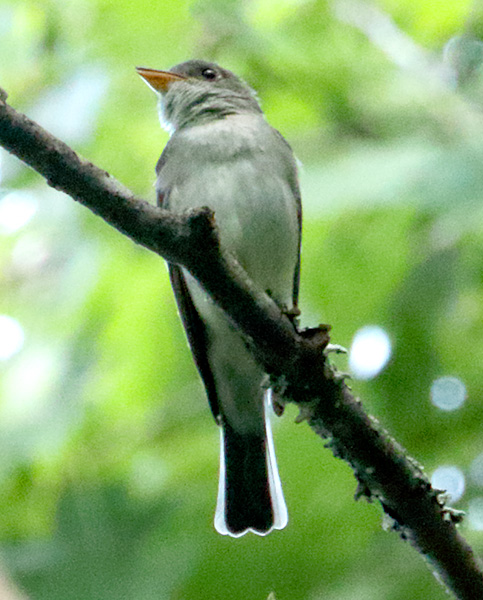
Eastern Wood-Pewee
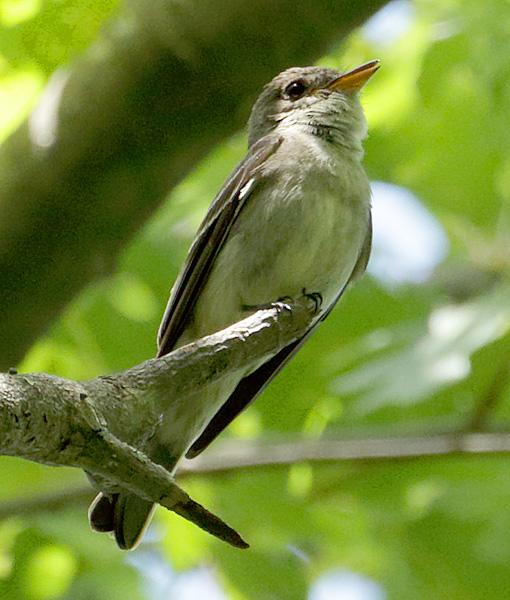
Eastern Wood-Pewee
We ended the day trip with 47 avian species - not bad for early August:
American Crow
American Goldfinch
American Kestrel
American Redstart
American Robin
Bald Eagle
Barn Swallow
Belted Kingfisher
Black-capped Chickadee
Blue Jay
Bobolink
Brown Thrasher
Carolina Wren
Cedar Waxwing
Chipping Sparrow
Common Raven
Eastern Bluebird
Eastern Kingbird
Eastern Meadowlark
Eastern Phoebe
Eastern Towhee
Eastern Wood-Pewee
European Starling
Field Sparrow
Gray Catbird
Great Blue Heron
Green Heron
House Finch
House Sparrow
Indigo Bunting
Mourning Dove
Northern Cardinal
Northern Mockingbird
Pileated Woodpecker
Red-headed Woodpecker
Red-tailed Hawk
Red-winged Blackbird
Rock Pigeon
Ruby-throated Hummingbird
Scarlet Tanager
Solitary Sandpiper
Tree Swallow
Tufted Titmouse
Turkey Vulture
Willow Flycatcher
Wood Duck
Yellow-billed Cuckoo